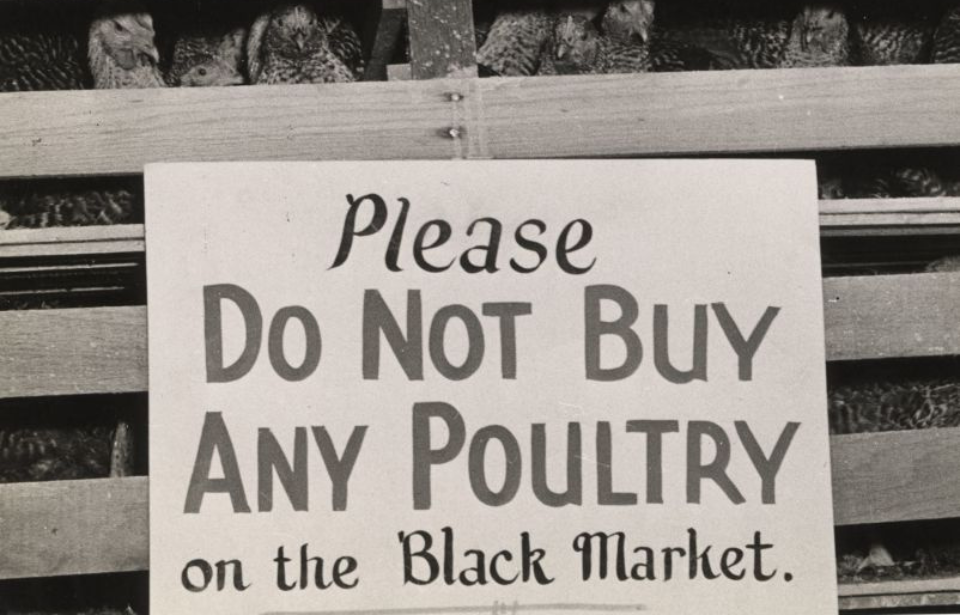Americans faced a major toilet-paper shortage with the onset of the COVID-19 pandemic, but this wasn’t the first time they nearly ran out of a product that was deemed essential. In 1943, the US government started rationing meat, and the American public was far from happy about it. President Franklin Roosevelt told everyone they’d have to make do with less during World War II and, as a result, meat boomed on the black market.
Early wartime rationing in the United States
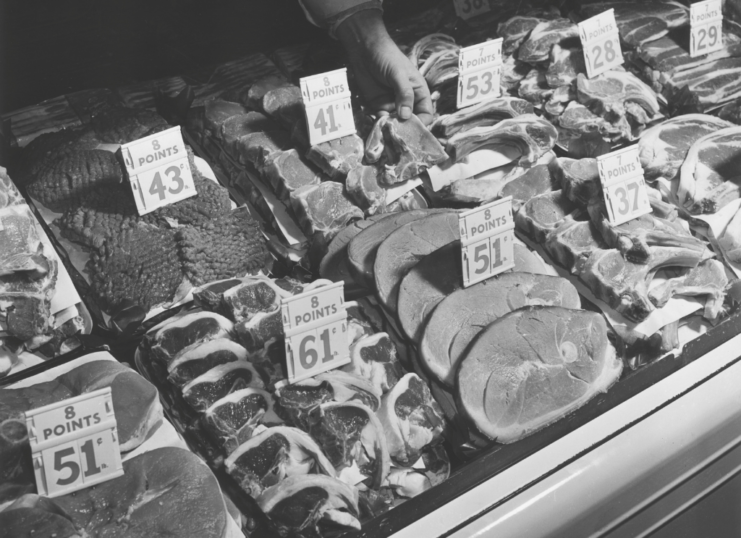
The United States began rationing supplies immediately after the Japanese attack on Pearl Harbor in December 1941. However, it wasn’t until the following year that these efforts began limiting consumer goods.
Initially, America’s meat was being diverted to service members who needed more protein, in comparison to those on the home front. However, as historian Leslie Przybylek points out, meat wasn’t just a major component of the American diet, it was also a symbol of success and national identity.
It’s easy to forget that America was fresh off the Great Depression, and many still remembered Prohibition, another period in American history when people were denied something they thoroughly enjoyed.
What did rationing look like during World War II?
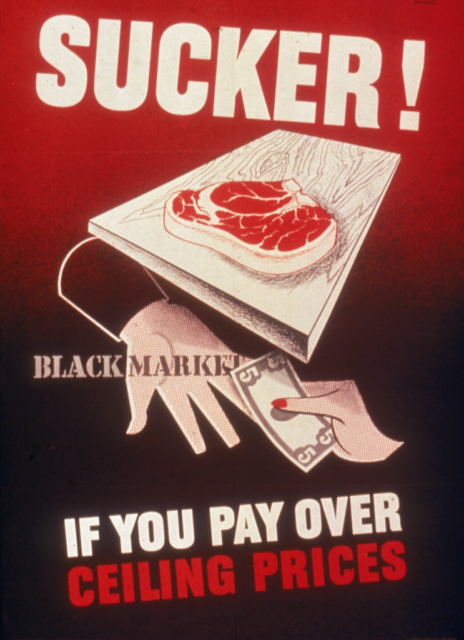
The American rationing system was implemented in the spring of 1942. Rations took the form of stamps, which could be turned in for specific food items.
However, the system was in constant flux. Stamps and the value of papers were changed every few months. Sometimes a product would be taken off the ration list when a new book came out, which resulted in confusion over what stamps could be used.
While many protein sources were available through the rationing system, the availability of meat became limited. The American “Share the Meat” campaign asked all Americans over the age of 12 to limit their meat consumption to two and a half pounds per week. Dieticians, national meat councils and local authorities worked together to make protein-pack recipes as a meat-filler, but the American public was dissatisfied and illegal operations surrounding meat began to flourish.
‘Meatleggers’ and the black market
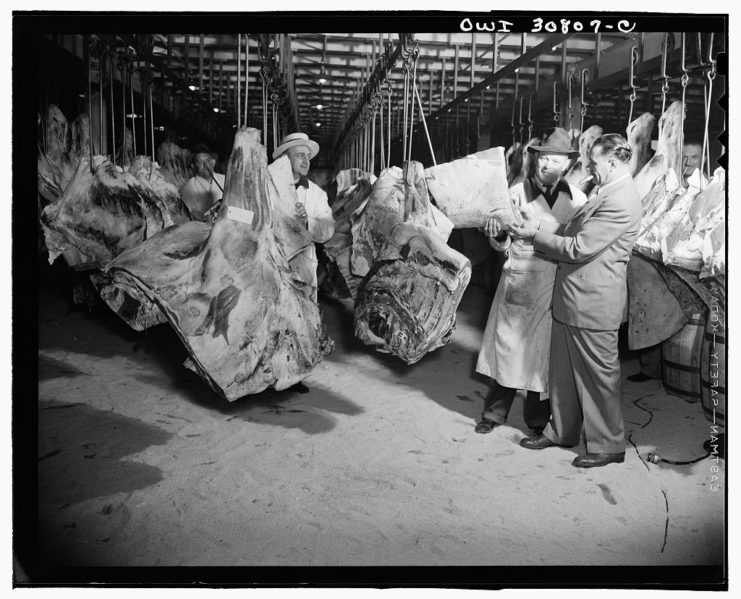
By 1943, consumers were facing shortages and limits on their favorite meats: beef, pork, veal, lamb and, especially, steak. Good cuts of meat were becoming increasingly impossible to find, and independent operators, who became known as “meatleggers,” began buying and slaughtering animals clandestinely, selling the meat on the black market at higher prices.
These cuts didn’t require consumers to waste their rationing points, and they had better access to the meat they so desired.
Legally, the unregulated killing of cows and pigs added to the criminal activity of the black market meat industry. Underhanded businessmen would attend livestock auctions and outbid legal buyers to get the cattle and resell it to butchers.
The slaughtering process for the black market meat business was also underground, meaning it was unsanitary. Thus, the meat being sold posed a health risk to Americans at home.
Black Marketing
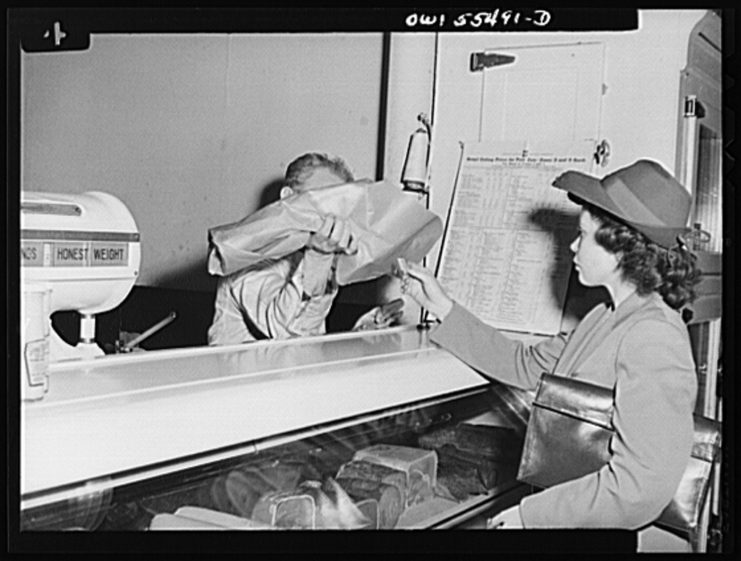
The federal government made attempts to stop the illegal sale of meat on the black market.
A 1943 propaganda film, titled Black Marketing, focused on illegal transactions happening on the black market. The popular radio show Fibber McGee and Molly featured a black market meat storyline, in which everyone who purchased and ate black market meat fell ill.
Nonetheless, the underground meat market continued to flourish in United States during the Second World War.
Ray Sprigle and the Pittsburgh meat scandal
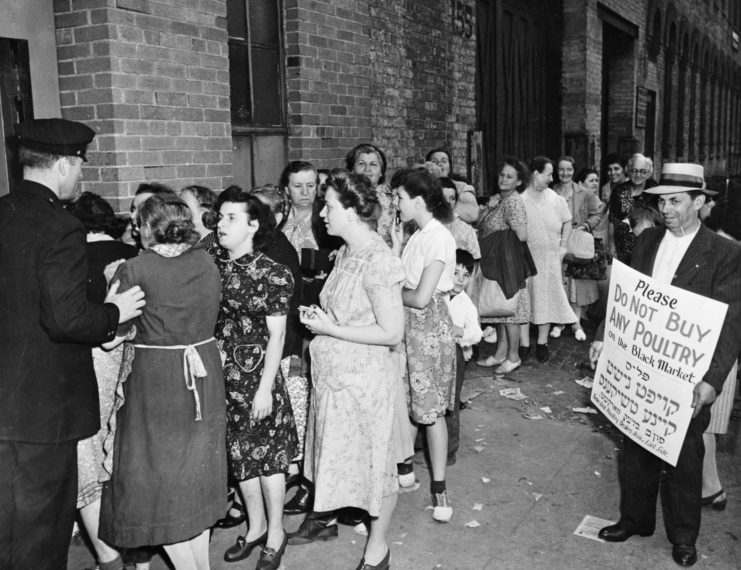
Pittsburgh, Pennsylvania’s meat black market was one of the biggest in America. As early as 1943, local newspapers called for the end of the “meatleggers” in their city. The black market industry was thriving in broad daylight, prompting Post-Gazette reporter Ray Sprigle to go undercover as a buyer to see how much illegal meat he could procure.
Over a one-month period (March-April 1945), Sprigle was able to get his hands on more than a ton of black-market meat. His findings ran in a seven-part series on the front page of the Pittsburgh Post-Gazette and 22 other newspapers, as well as Time magazine that April.
As a result of Sprigle’s work, some black market dealers were indicted by a grand jury, and the Office of Price Administration (OPA) made significant program revisions.
More from us: Did You Know the Last Ever US Cavalry Charge Into Combat Occurred in World War II?
Want to become a trivia master? Sign up for our War History Fact of the Day newsletter!
However, while some people praised the investigation and findings, others hated it; consumers didn’t want to give up meat. As such, the black market for meat remained a lingering problem in America until October 1946, when President Harry S. Truman finally removed meat products from ration rolls.
